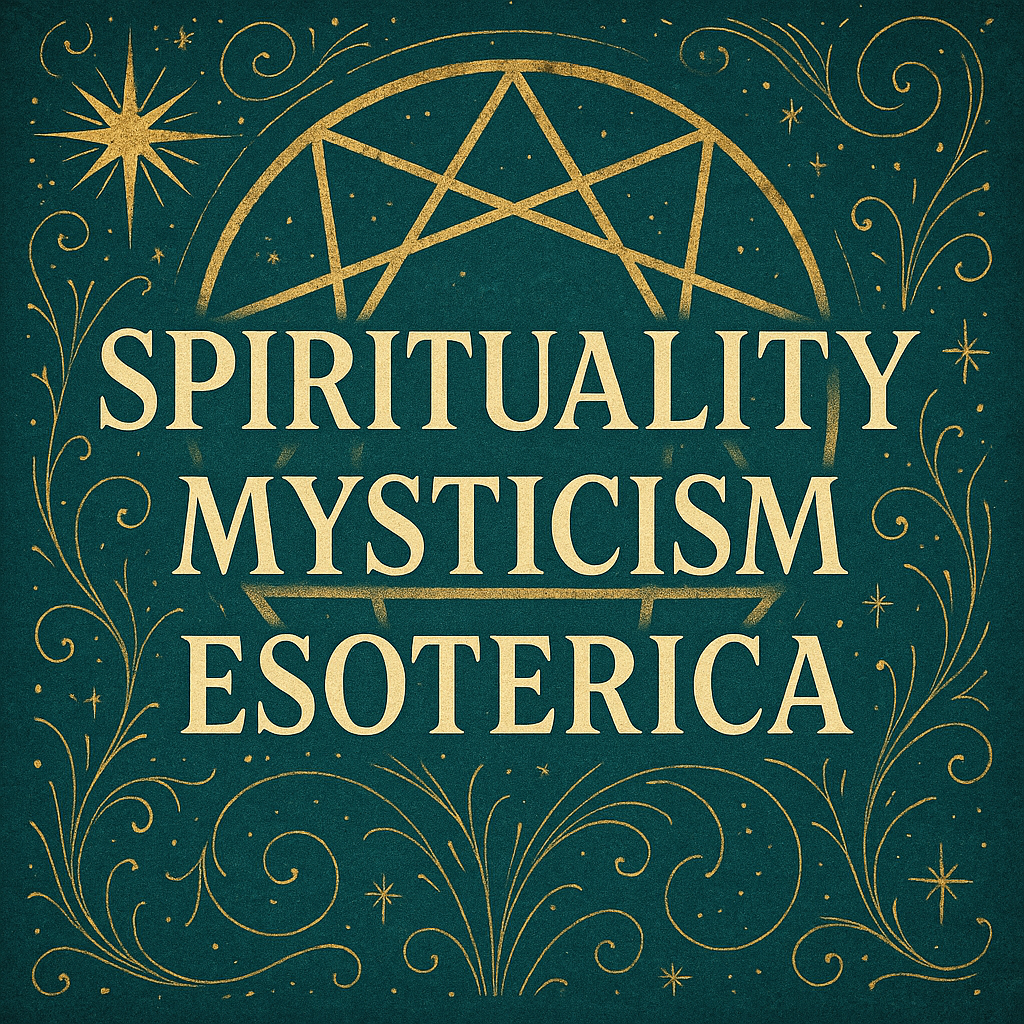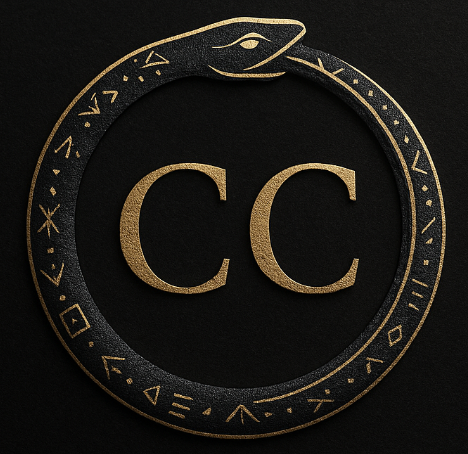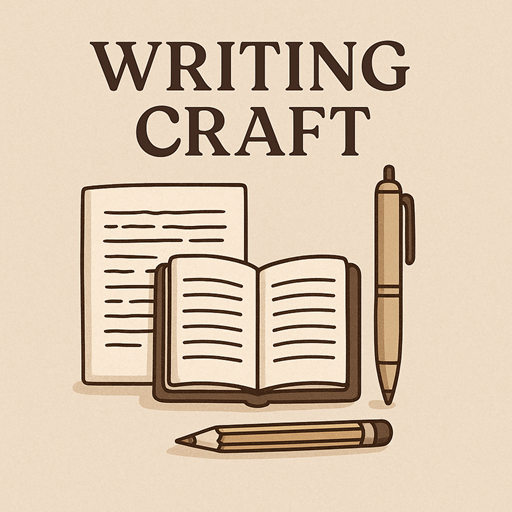There comes a moment in the creative process where something strange happens. The words begin to flow with a rhythm you didn’t consciously choose. Characters argue with you. Images appear unbidden. You reread the page and wonder, “Where did that come from?”
Congratulations. You’ve just had a brush with the divine.
Creativity as a Mystical State
Many writers and artists describe their most inspired moments as if they’re tapping into something bigger than themselves. Elizabeth Gilbert famously talks about treating creativity as a mystical force that visits the artist. The ancient Greeks called it a daimon. The Romans gave us the concept of the genius—not as a person, but as a spirit that attends the work.
Modern neuroscience might talk about flow states or right-brain activation, but mystics have been accessing this current for millennia. Whether it’s Hildegard of Bingen composing celestial music from her visions, or William Blake channeling entire mythologies in verse, the line between artist and mystic often blurs.
The Split Brain and the Sacred Mind
Enter Iain McGilchrist, the psychiatrist and literary scholar who argues that the brain’s two hemispheres perceive the world in radically different ways. The left hemisphere grasps, categorizes, and manipulates. The right hemisphere attends, perceives, and connects.
According to McGilchrist, Western culture has become trapped in left-brain dominance, losing touch with the holistic, metaphorical, and embodied knowing of the right brain—where mysticism and creativity both live. The act of creating becomes a return to the sacred mind: a temporary rebalancing toward a mode of consciousness that perceives meaning as pattern, presence, and relationship.
Characters as Archetypal Visitors
If you’ve ever written fiction, you may know the eerie feeling of a character refusing to do what you planned. They go off-script. They evolve. They shock you. You’re not broken. You’ve just stepped into the realm Carl Jung called the collective unconscious—a deep layer of psyche where archetypes dwell.
Jung’s method of active imagination involves dialoguing with internal figures that arise spontaneously. Sound familiar? Writers do it all the time. When we allow these voices to speak—when we stop controlling and start listening—we channel not just imagination, but archetypal intelligence.
Creativity as Channeling
In spiritual traditions, channeling is the act of becoming a vessel for something beyond the ego: a deity, a spirit, a divine message. In writing, channeling can be just as literal—or metaphorical. Some call it inspiration. Others, divine madness. Either way, the key is surrender. Not passivity, but a willing openness to something not entirely “you.”
This doesn’t mean giving up craft or structure. But it does mean respecting the mystery. Making room for surprise. Leaving a chair at the table for the genius, the muse, the archetype who wants to dance.
Invite the Unknown
So how do you court this kind of creativity?
- Practice presence. Meditative stillness, long walks, or freewriting can soften the controlling ego and invite the unexpected.
- Set ritual space. Light a candle. Say a prayer. Enter into the work as if you’re stepping into a temple.
- Be curious, not controlling. If a character wants to change, let them. If the story veers left, follow it. Mystery is often wiser than intention.
- Read myth and poetry. Fill your psyche with archetypal language. It gives the muse vocabulary to speak through you.
The Mystic’s Page
Whether you’re writing a novel, a journal entry, or a line of code—there is a sacredness in showing up to the blank page. Creativity isn’t just productivity. It’s prayer, play, and portal. It’s the artist’s version of mystical union.
So the next time you feel the words take on a life of their own—don’t panic. Don’t edit too soon. You’re not losing your mind.
You might just be finding your soul.



